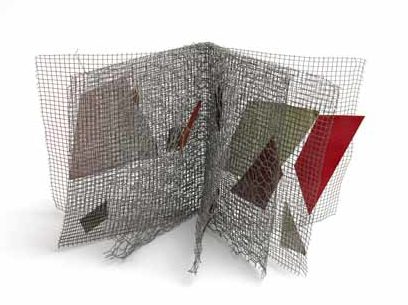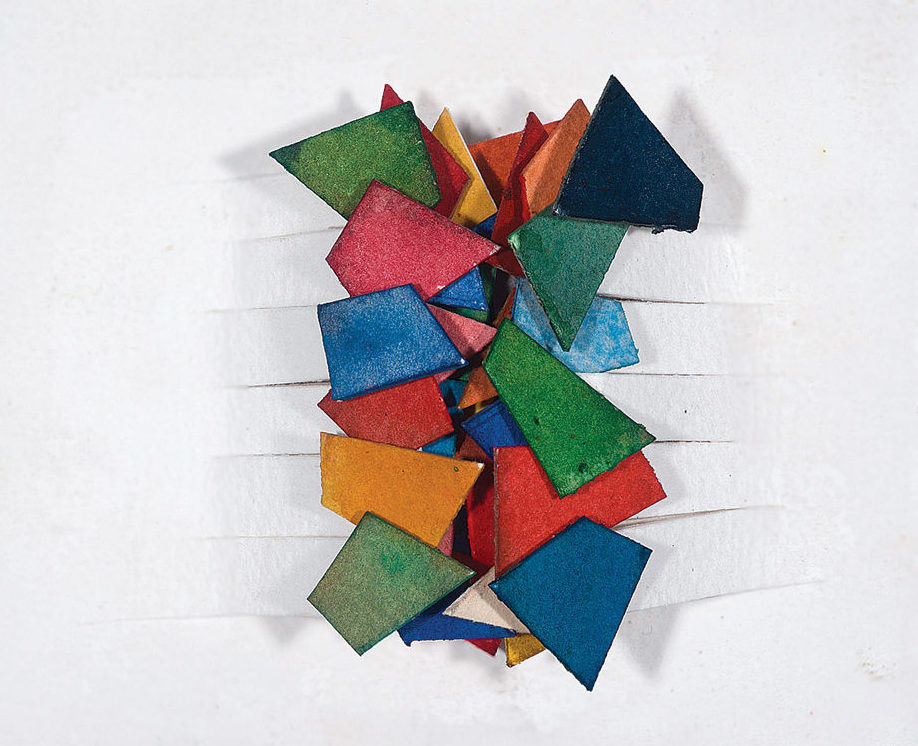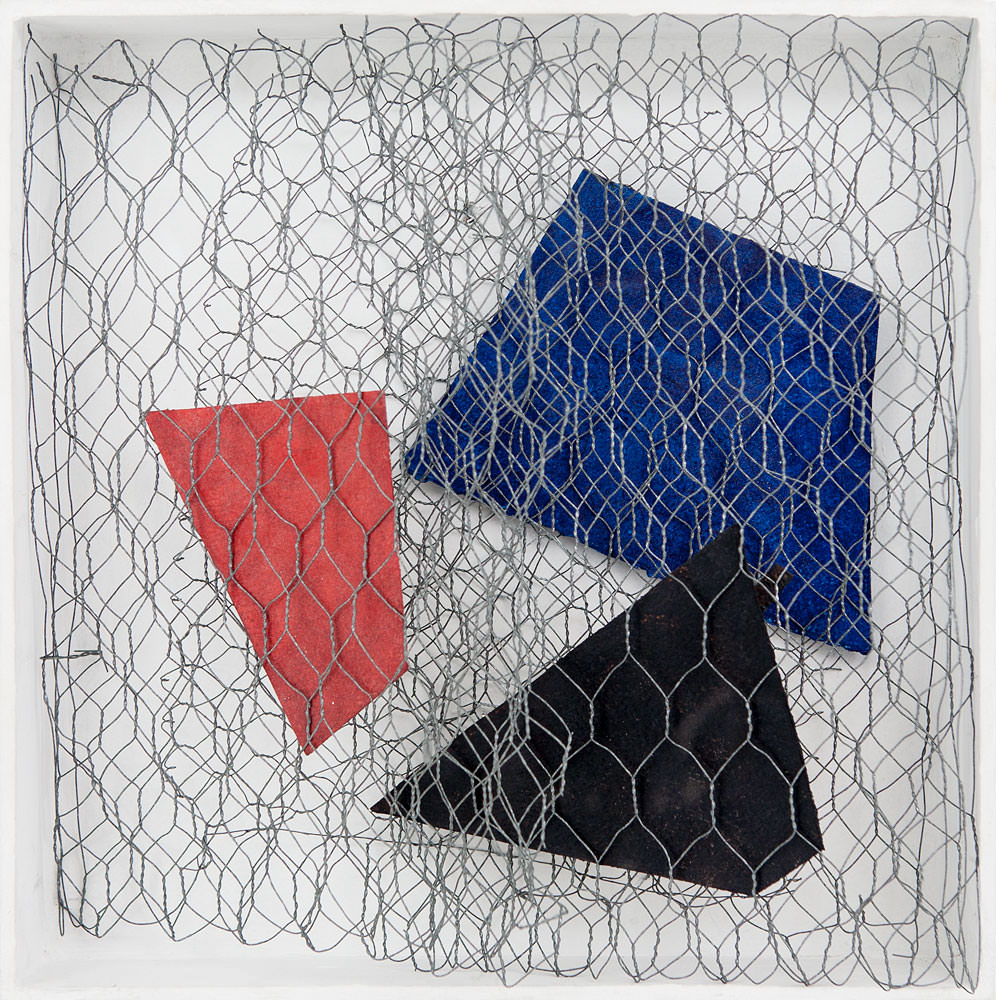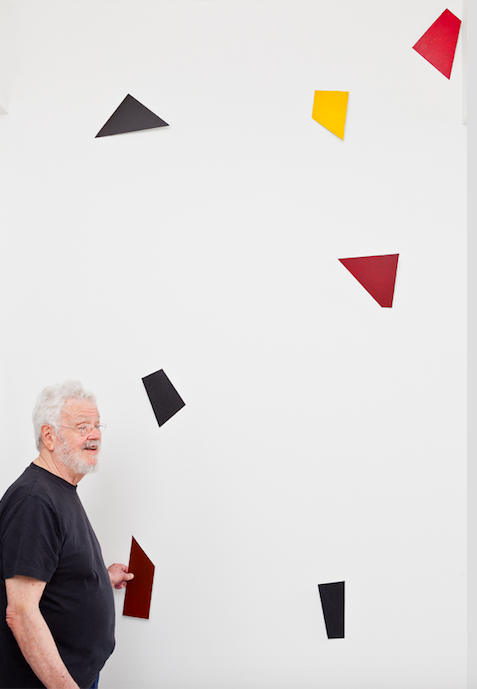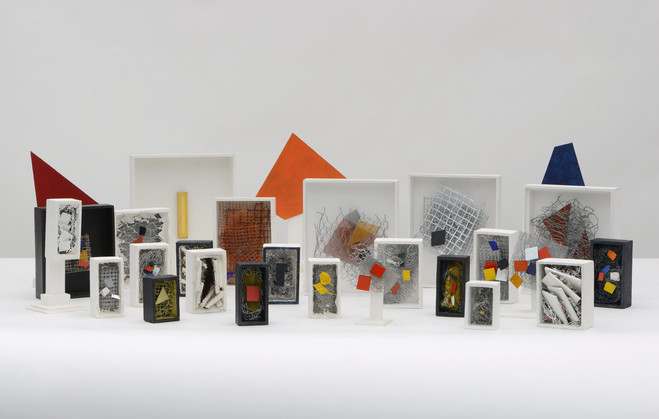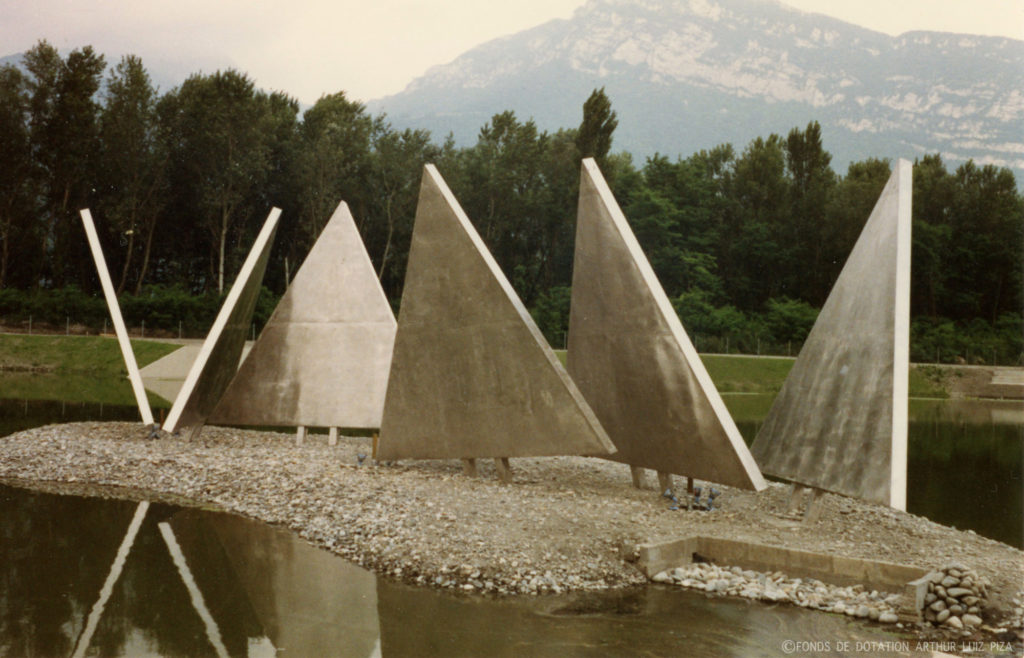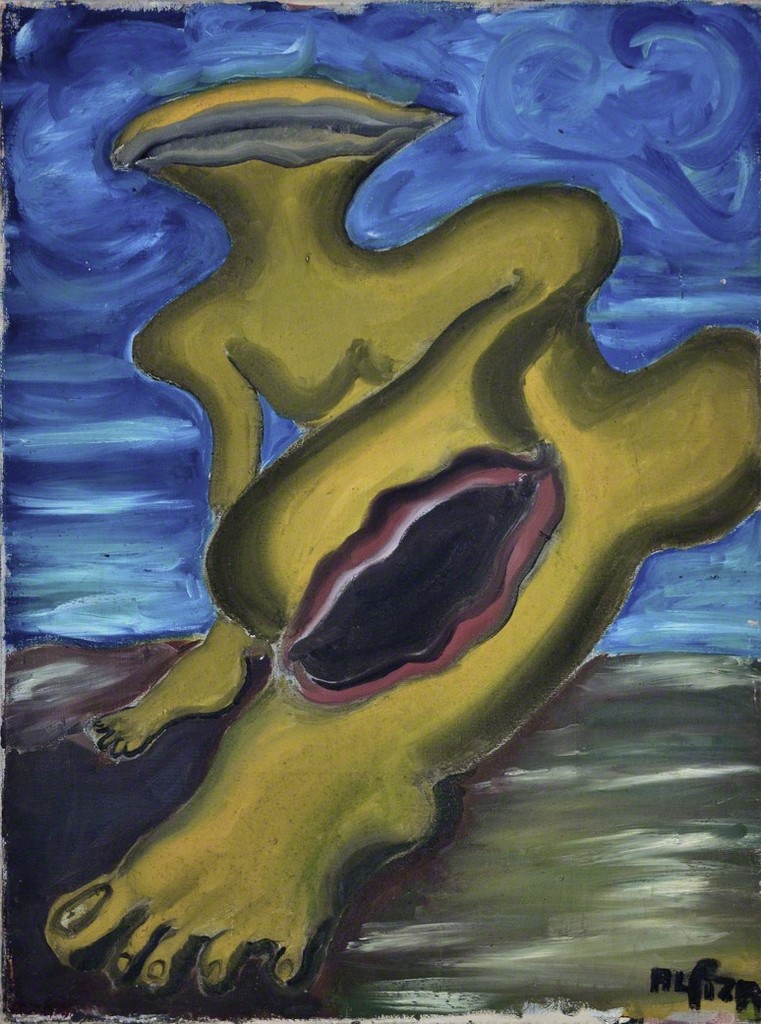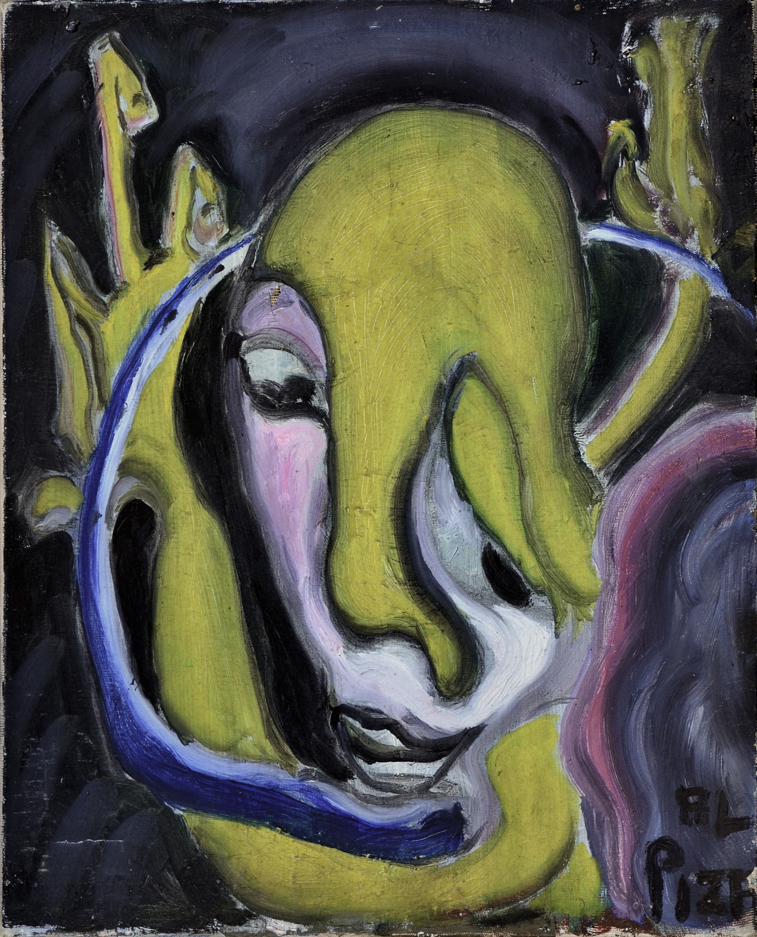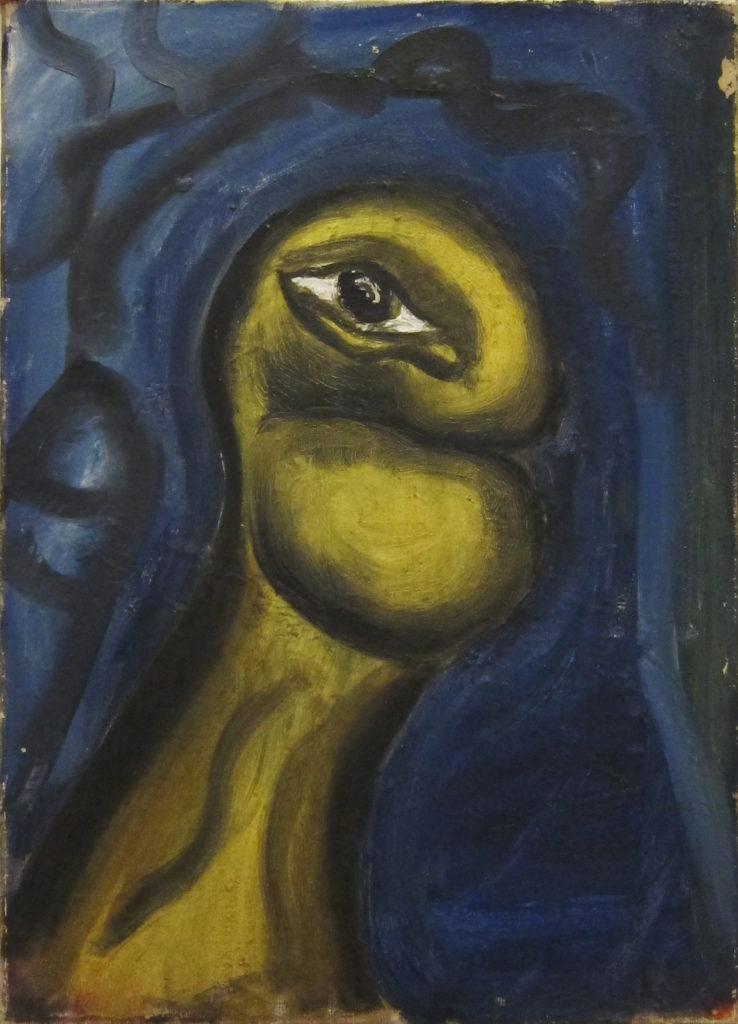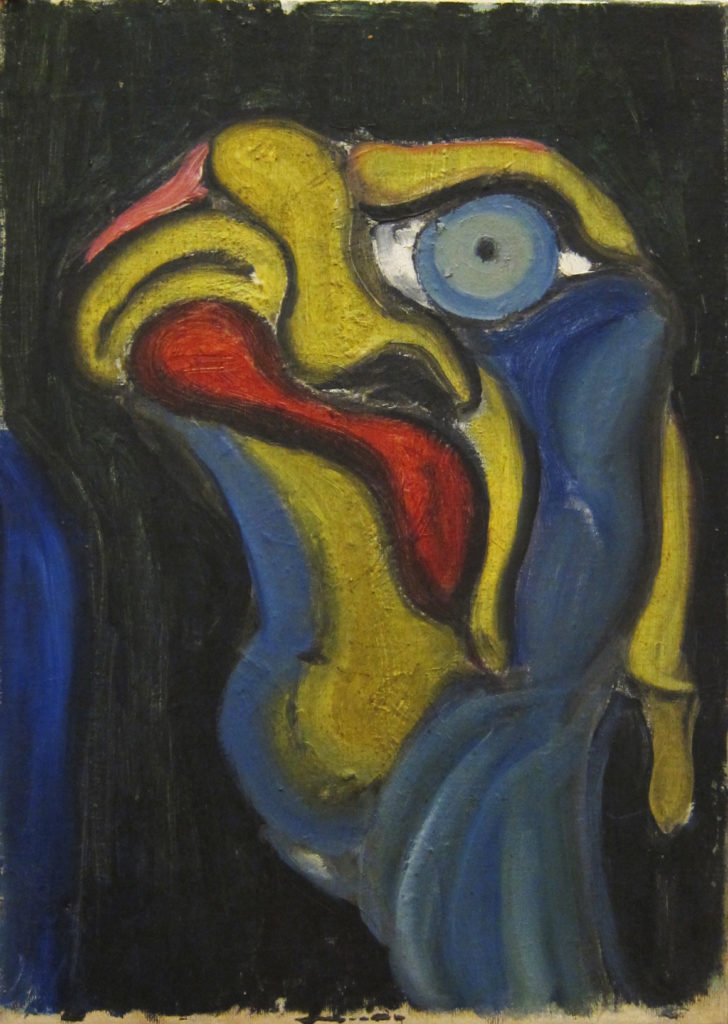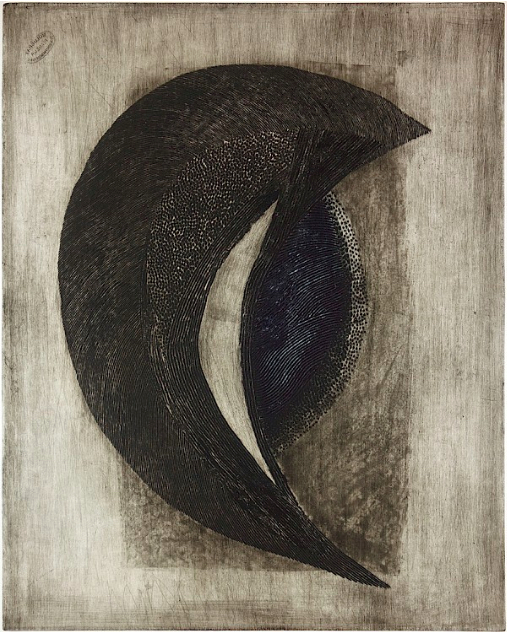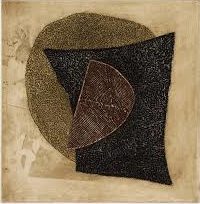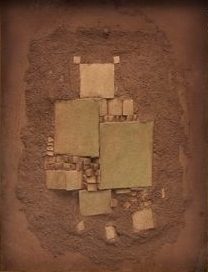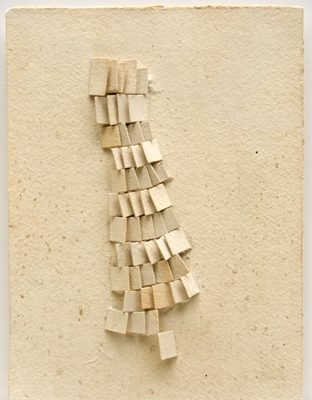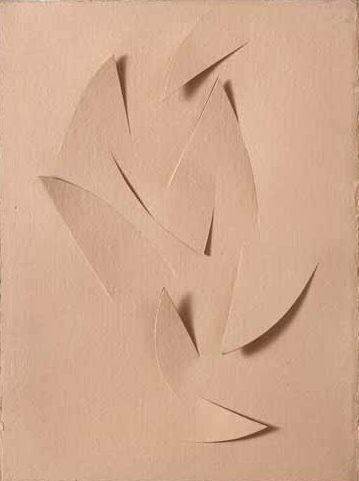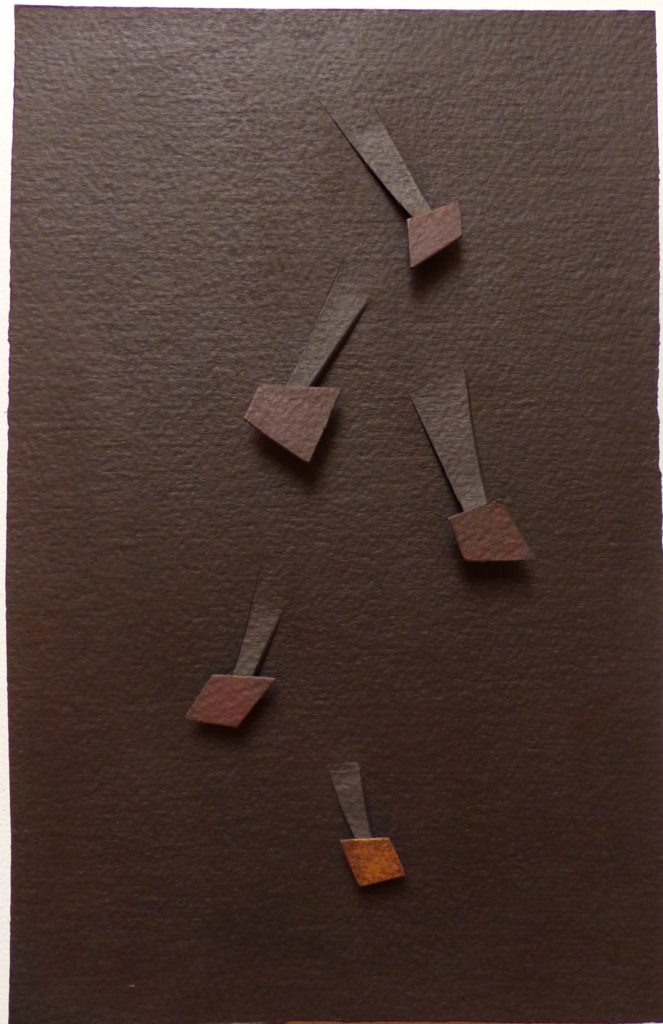Arthur Luiz Piza is 20 years old when he joins the studio of Antonio Gomide – important painter of the Brazilian Modernism movement – to receive a classical training. After several exhibitions in São Paulo, including the First Biennale where he shows works of surrealist influence, he settles in Paris in 1951. There, he studies engraving under Johnny Friedlaender.
His works are gradually freed from figuration; adopting a constructivist vein, refined forms now rest on delicately worked backgrounds. He will present the fruit of this research at the Second Biennale in São Paulo, where he will be awarded the Acquisition Prize.
From the 1960s, while continuing to make prints, Piza turns his attention to collage, playing with matter and relief with wood, sand or vinyl paste. On canvas or wooden board, he assembles small pieces of wood or thick paper (often shredded watercolors) in a dancing geometry, which rather resemble the scales of an armadillo than the juxtaposition of a mosaic. The fragments are sometimes covered with a unifying layer (paint, plaster).
Color – worked in rich variations of earth, red and black – always serves the form. The ultra pigmented aspect of the engravings finds in the painting a vibratory development.
From the 70s the reliefs grow deeper, to the point of becoming sculptural.
He carves wood. Papers are incised each time widely, in an expansionary dynamic. Thus was born the “Cutouts” series, in which sheets of paper are deeply incised. Sometimes color amplifies the perception of volumes. But it is the original white of the material, as noted by the critic Stella Teixeira de Barros, that allows the work to explore the modulations of light to its maximum.
Piza cuts his geometric shapes and sticks them on its edges, freely pokes pieces of painted metal in sisal carpets. Separating the forms from the plan leads the way to new research fronts ; as the critic Tiago Mesquita pinpoints, “what once suggested volume and flow was transformed here into three-dimensionality”.
He explores large-scale sculptures, wall art (as in the panel made for the French Cultural Center in Damascus, 1986), experiments with porcelain (Manufacture de Sèvre), makes jewelry (Artcurial).
In the studio, metal cutouts are placed on the walls, free of any frame, of any support.
Piza gradually incorporates metallic mesh into his work; he superimposes them by combining several kinds of mesh, each catching the light differently, and in which he nests colorful shapes. “I feel my soul close to that of the Amazon Indians, who see the multicolored shards of the birds passing through the tight and almost dark canopy of the jungle”, he would then say.
This exploration of the ephemeral, of the fragile, of the poetic encounter – or, as the critic Paulo Sérgio Duarte so aptly puts it, this “will to order that never materializes” – will always have guided the artist’s research, which he was always able to start anew.
His works, regularly exhibited in numerous galleries – notably at La Hune and at Jeanne Bucher’s in Paris, Raquel Arnaud in São Paulo, Gustavo Rebello Arte in Rio de Janeiro – are present in many museums and public institutions’ collections: BNF, Musée national d’Art Moderne and the MAM in Paris; MAM, MAC and the Pinacoteca de São Paulo; the Art Institut, Chicago; the Museum of Modern Art and the The Solomon R. Guggenheim Museum, New York, The Victoria and Albert Museum and the Tate Modern, London; Musée d’art moderne de Saint Etienne…
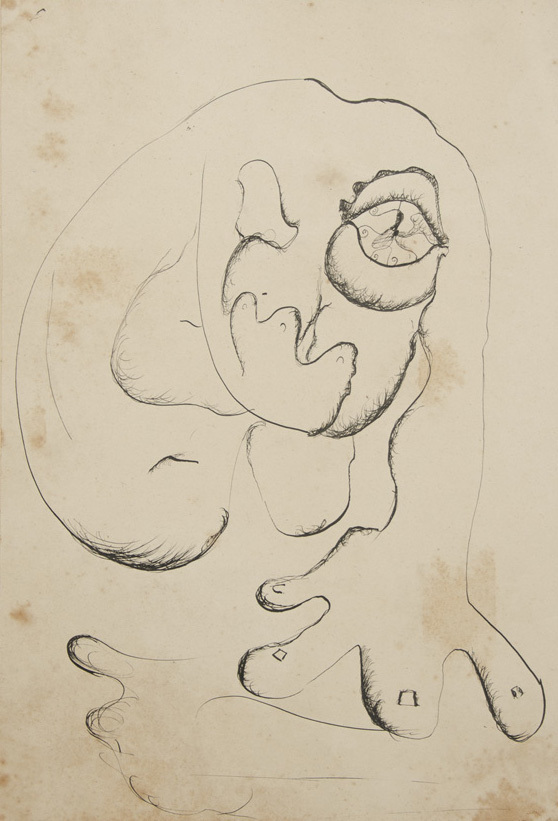
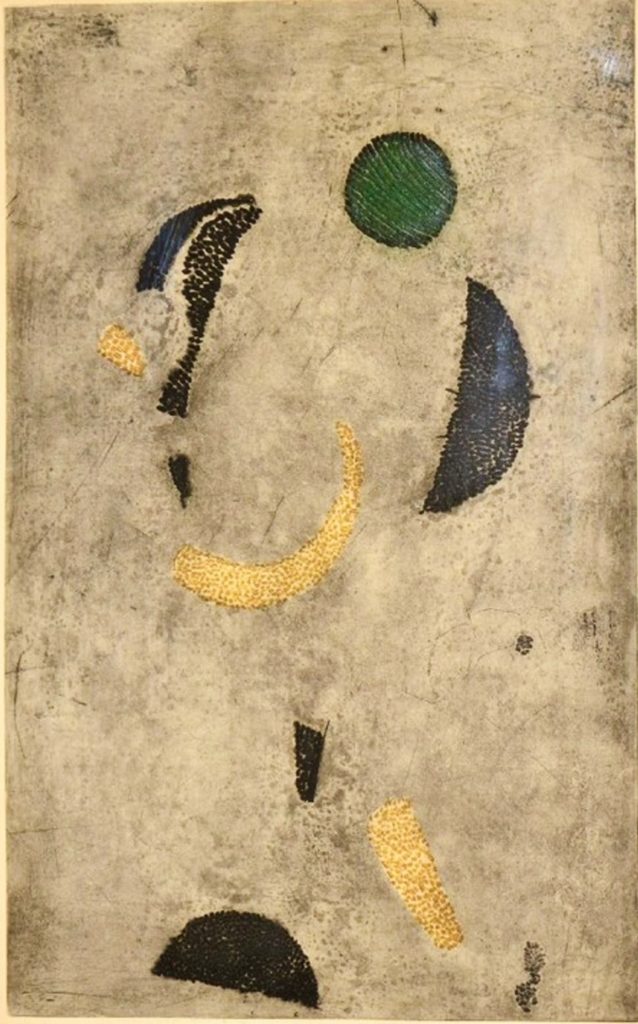
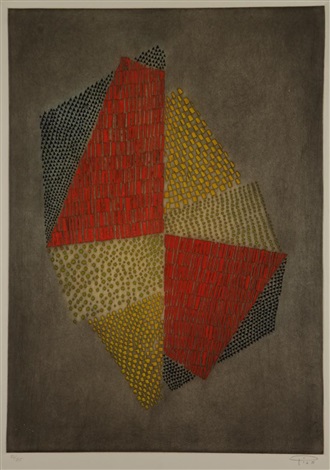
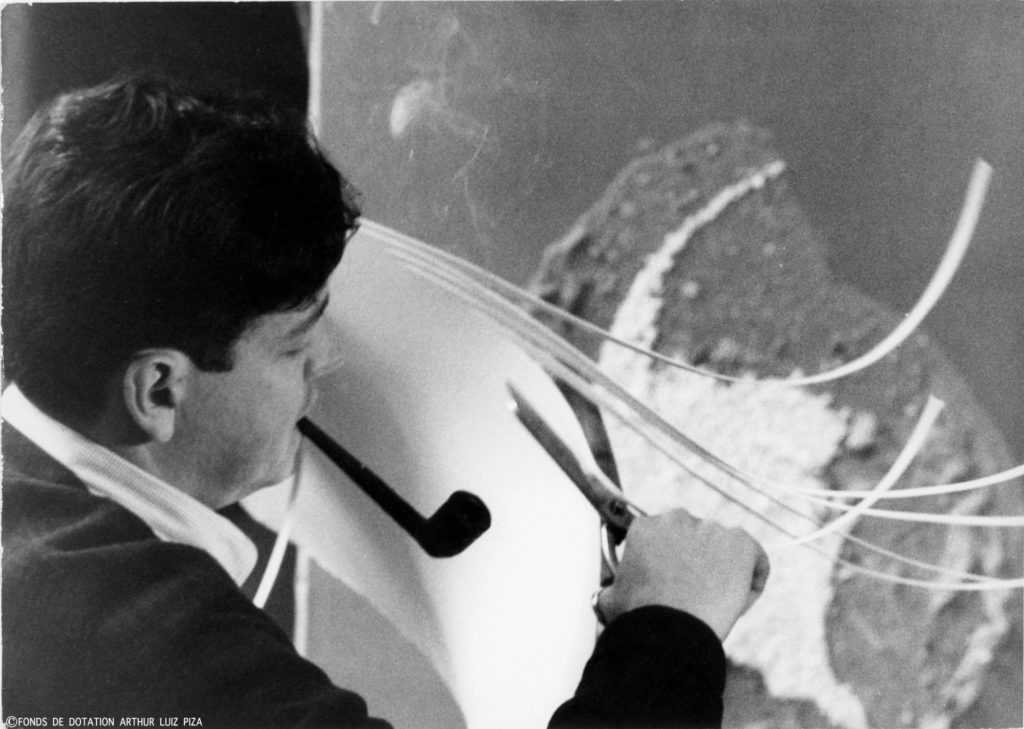
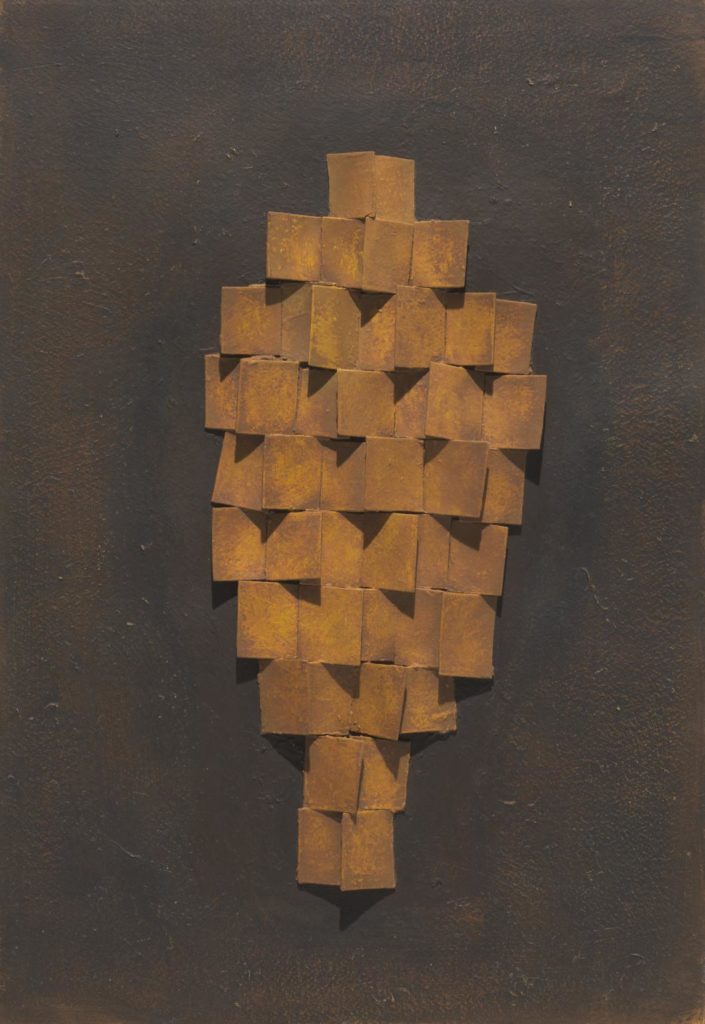
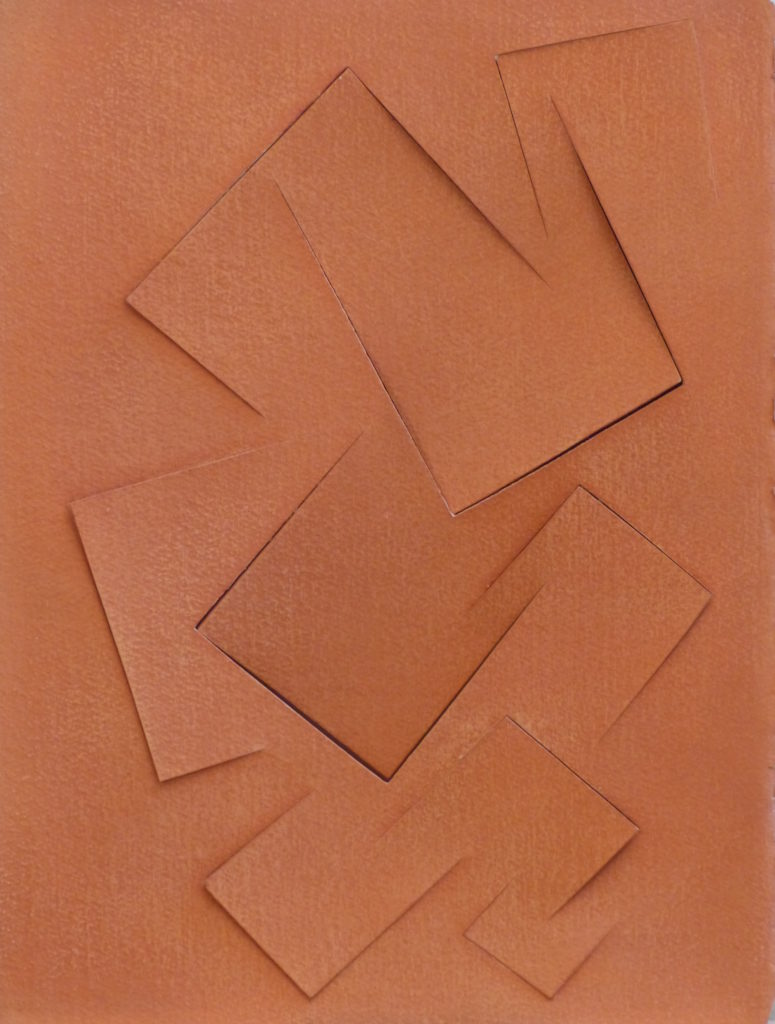
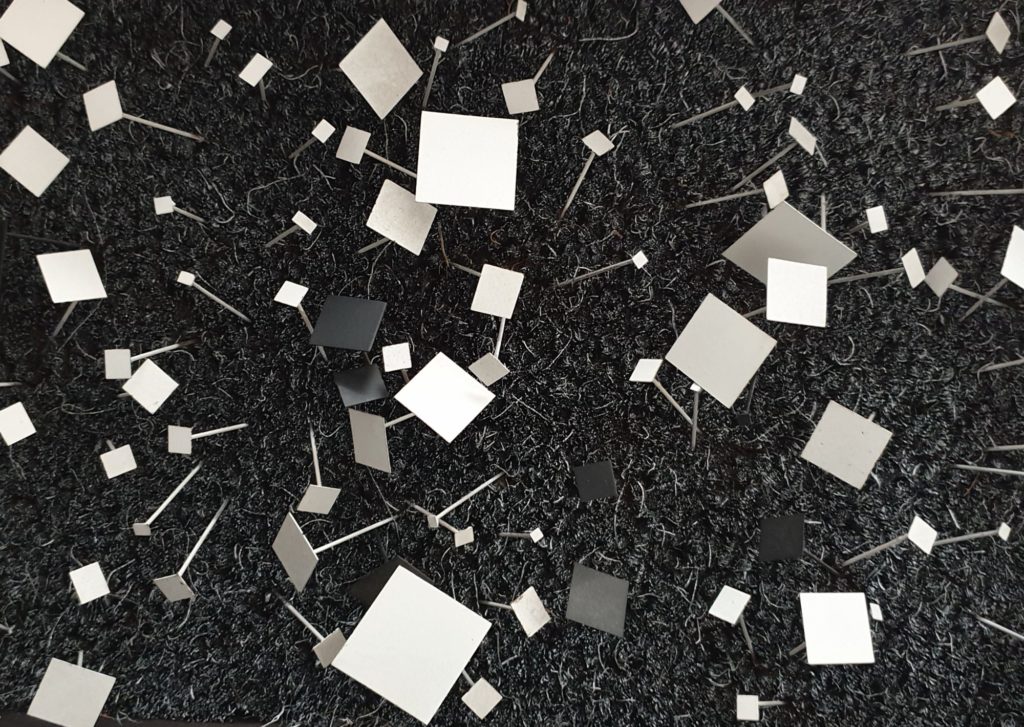
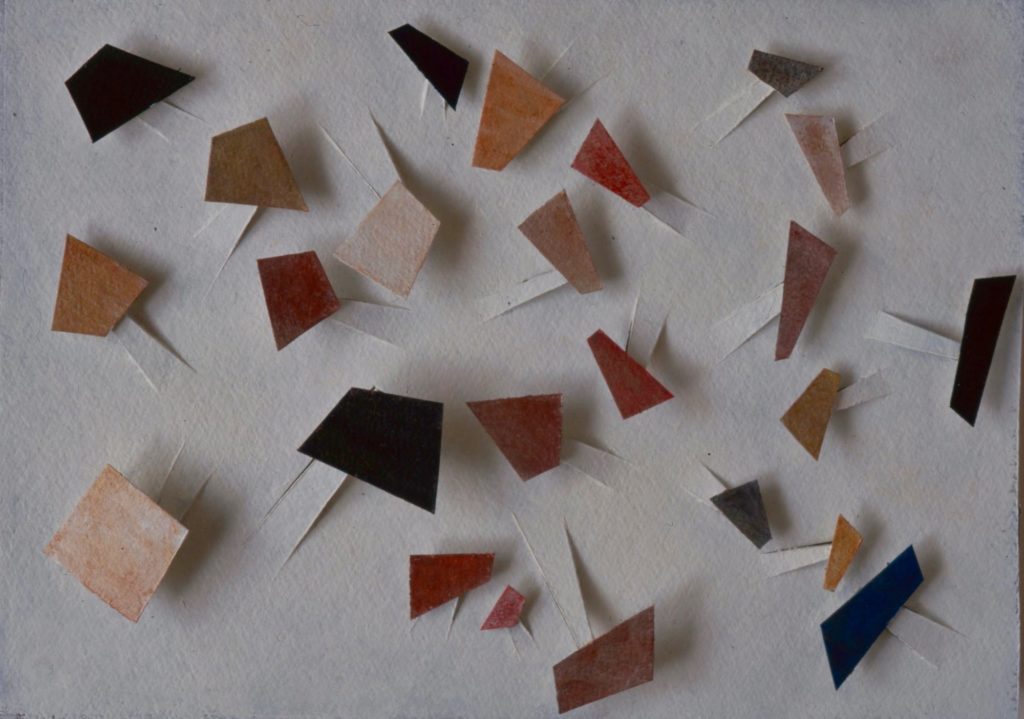
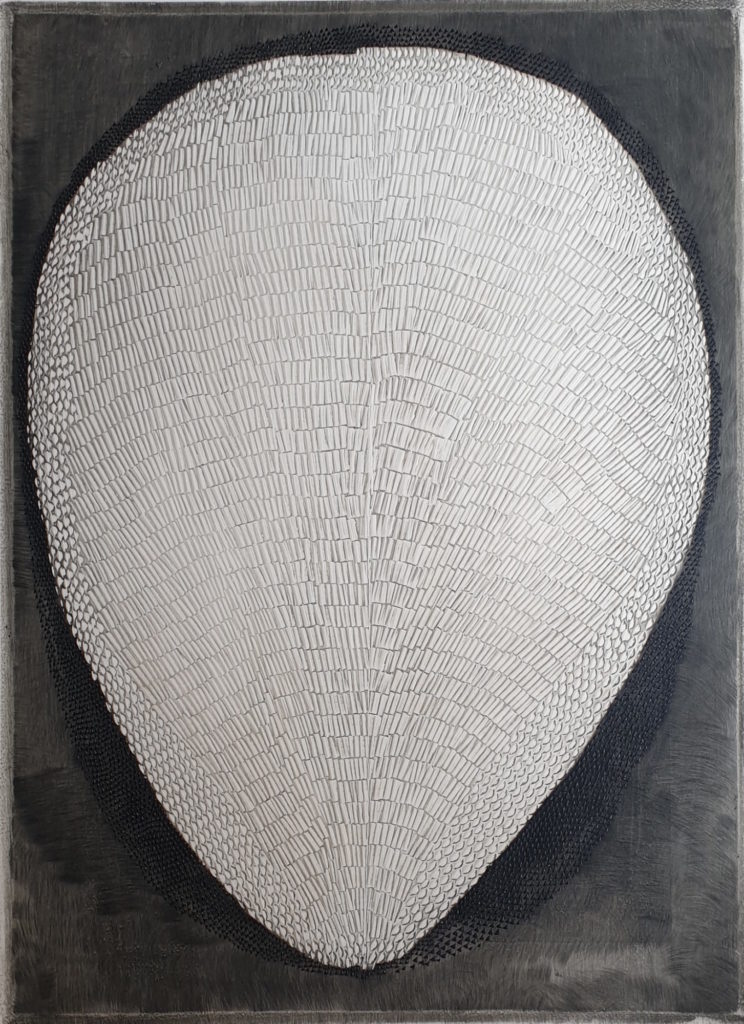
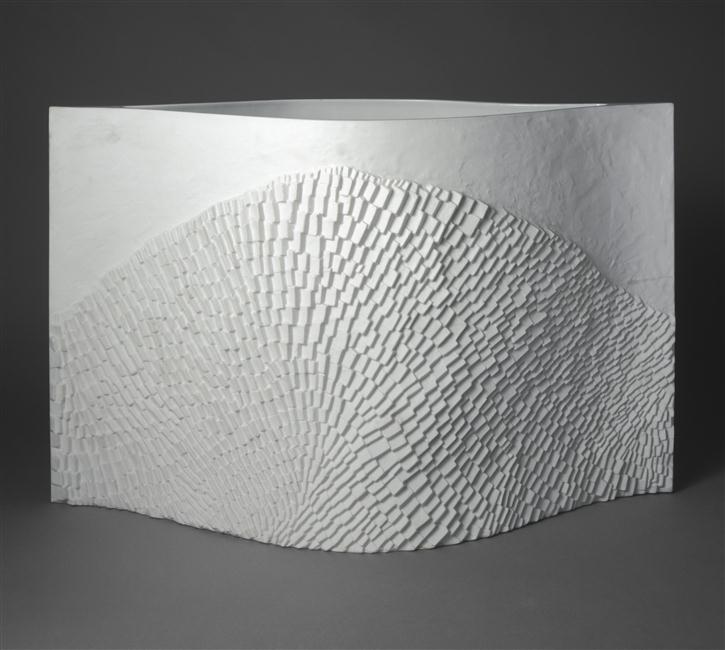
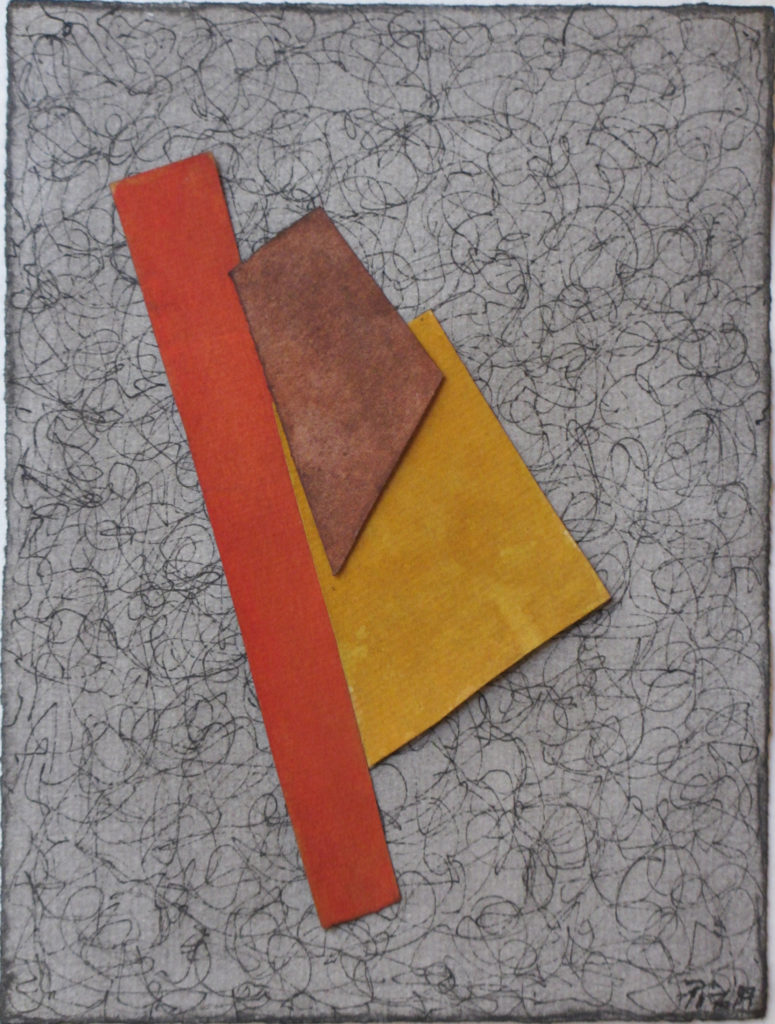
Weft-drawing. Indian ink, aquarelle on paper, c. 1980 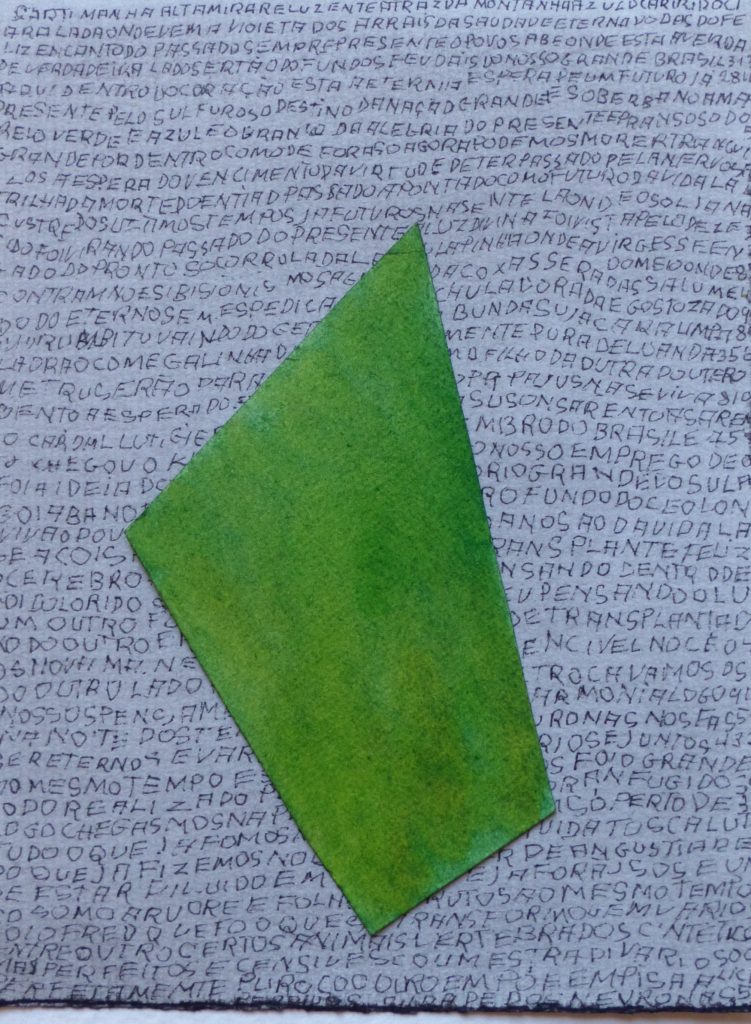
Weft-drawing. Indian ink, aquarelle on paper, c. 1980
